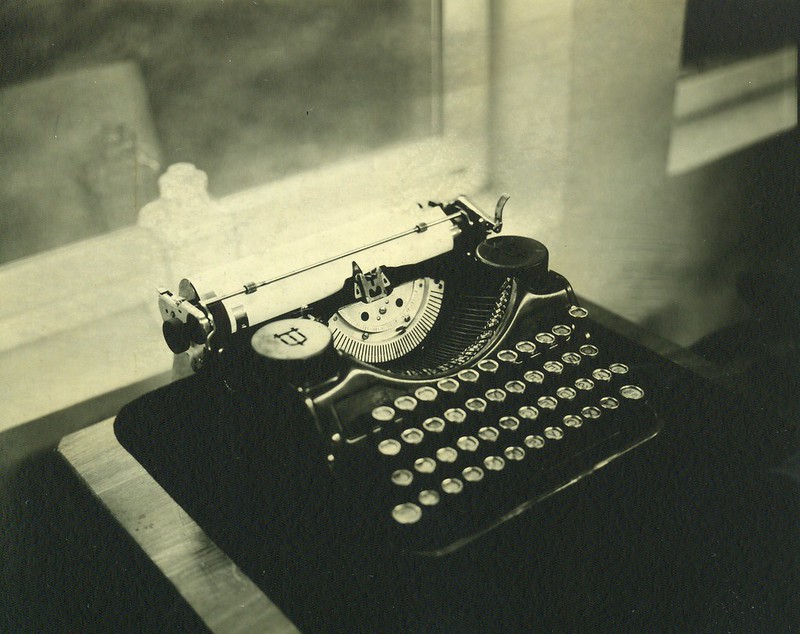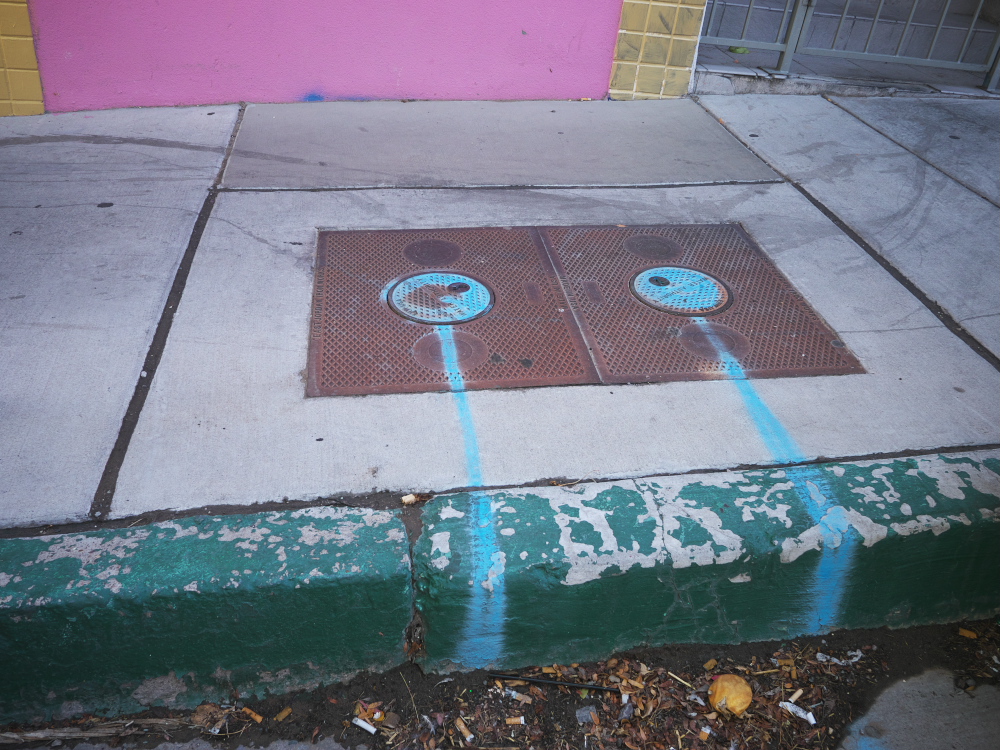 I
I've not exactly been a faithful, dedicated bicyclist, especially these last few years. Which in part explains why I've also gained a few unwanted pounds. And when I have cycled, it's never been with the idea of performance cycling. I'm more of a comfort bike rider.
In high school I started with a 3-speed English Racer, in black with gold pin striping and a hub shifter. I'd try to keep up with my older brother who rode the bright-yellow Schwinn Varsity, a bike that by today's standards is just a heavy hunk of steel, but back then was the shizzle. But when he left home for the military, I moved up to the Schwinn, riding it all around the northeast part of town, including down the recently widened Juan Tabo Boulevard, 3-lanes-wide in both directions but devoid of traffic. You couldn't get away with that today without becoming another dead cyclist statistic.
Later, I commuted to work in an early incarnation of a mountain bike, which by today's standards is just an urban bike, as it lacked any kind of suspension. It was a good choice, as I like the more relaxed riding position and the handlebars, over the Binelli racing bike I thought I needed.
Later on, I did get a road bike, and rode it for a few years, but then the itch for a recumbent bit badly and, limited in budget, settled on a
BikeE AT, which I enjoyed for some years, and with it made some of my longest rides, including a 50-mile loop into the White Sands Missile Range to see the Trinity Site.
I loved the semi-recumbent riding posture of the BikeE, still do in fact, but then the motor scooter bug bit, then the motorcycle bug, then the trike bug. And now I'm back to a scooter, while the BikeE languishes in my brother's garage, with the seat bracket broken when it fell over. BikeE are no longer in business; perhaps I should see about sourcing a replacement part for that seat bracket.
But for the last half-decade my wife and I have had Townie comfort bikes, mine with the somewhat thinner 700cc tires and rigid aluminum frame; while hers has 26 inch, 1-1/4" tires and an air shock front suspension. Though it's not a recumbent, I'm amazed at how easy that bike is to ride across town. Not having to lean forward onto one's wrists and crane your neck up to see, the riding position is quite good.
We don't have room in our garage to store the bikes, and the storage shed is full of whatever people like to store in sheds, besides garden tools. So we keep the bikes leaning against the north side of the shed, out of the sun and partially protected by the shed's roof's overhang, but also cover both bikes with a large barbecue grill cover. This works pretty well to protect the bikes against the ravages of staying outdoors year-round.
So yesterday morning all I had to do was dust off the spider's webs and air up the tires. And where were we headed on this beautiful autumn morning, you might ask? Why, down to Old Town and the Rio Grande Valley of Albuquerque, to have breakfast at Old Town Farm.
No, we weren't going to ride all that way and back. Are you crazy? It's something like 8 miles each way, and uphill all the way back. Didn't I mention that I'm totally out of shape? Plus, I had a lunch appointment in the area a few hours later. So we loaded the bikes in the back of my truck and drove down to Old Town, parking behind the Albuquerque Museum and cycling down Mountain Road, west of Rio Grande Boulevard, into the neighborhoods of the old Saw Mill district.
I think if I could live anywhere in town, it would be this neighborhood, with its old, adobe-style homes with their courtyards and mature landscaping and the nearness to downtown and the Rio Grande. Especially this time of year, just before it starts to get cold, I was reminded how wonderful this town can be.
Albuquerque has over 400 miles of bike trails and paths. One of those trails runs
east/west, parallel to Interstate 40, and skirts the north edge of
Old Town Farm, an urban-based working farm. On weekends, from about 8am to 2pm, they host a bike-friendly coffee and snack gathering, with a food truck providing a light fare made from locally-grown produce, and verdant surroundings within which to enjoy one's stop.
I love the idea of this secretive, bike-friendly snack stop deep in the heart of the valley, tucked away in these lazy neighborhoods and accessed by bike path. The farm is currently building a permanent cafe building, from locally-sourced, repurposed building materials, which will provide a facility to offer more complete meals.
I've never been the kind of cyclist who wears spandex, yellow jerseys and clomps around in clip-on biking shoes. Except that one winter when I rode the recumbent around town, but then it was just the spandex leggings to stay warm. And the clip-in shoes were more for pedaling efficiency going uphill, one of the disadvantages of recumbents (you can't stand on the pedals, like with a conventional frame, to get lots of torque). We like more casual clothes for cycling, that enables us to fit cycling into one's lifestyle, the idea being that it's not a particularly grueling exercise, just a fun way to spend the time and get around. And when you do get to your destination, you're dressed in more appropriate attire for whatever you need to do. So, did we feel a bit like posers, as we rode into the farm on our casual Townie bikes, dressed as normal people, instead of the hardcore cyclists with their fancy gear? No, not a bit. There are all kinds of cyclists these days, besides the Ford-or-Chevy, democrat-or-republican bipolarity of mountain bike-or-road bike.
It might seem like cheating to some people, the idea of trucking your bikes across town for a short ride. But we intend on revisiting Old Town Farm, and in the process perhaps making a longer ride, like cycling along the main north/south trail that parallels the river, which can take you as far north as the village of Corrales and as far south as the Isleta Reservation.
Of course, the other thought that struck me while enjoying the idyllic beauty of the Rio Grande valley was how cool it would be to motor scooter to this place! Perhaps another day.
Post-Script: Here are a few snaps I took along the way.


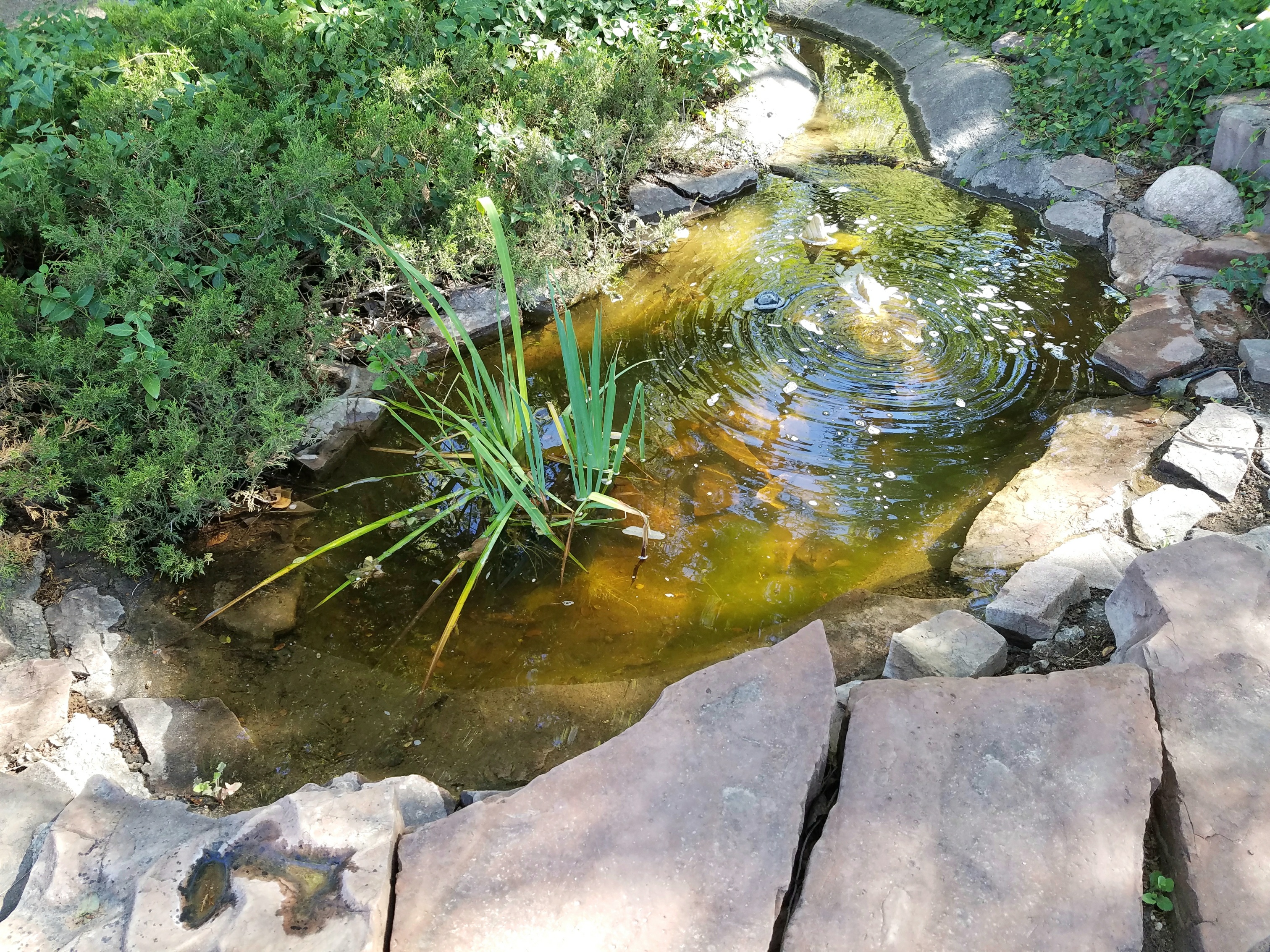
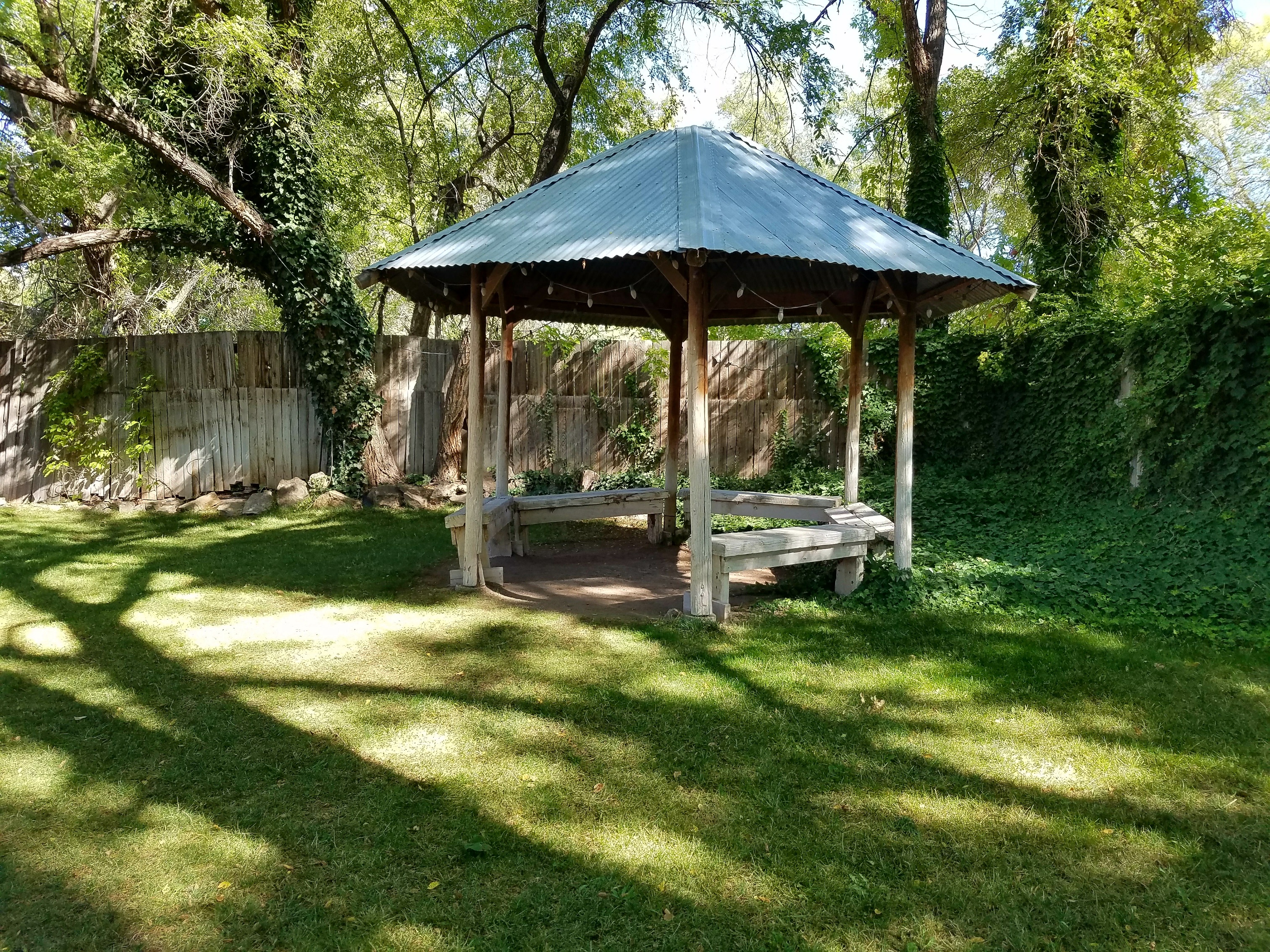
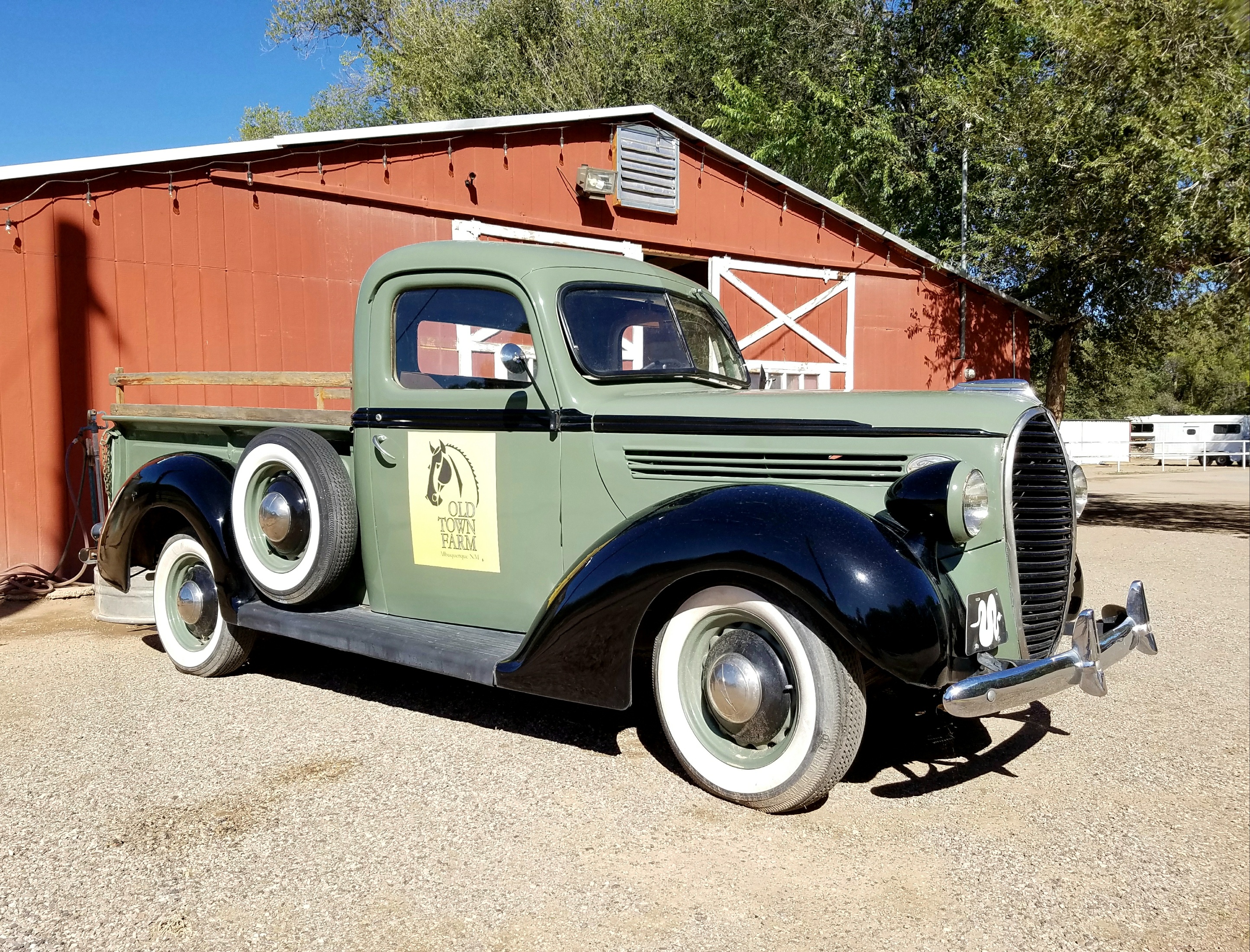

Labels: cycling, Old Town Farm








